
Go exploring
Primordial landscapes, tangled branches, breathtaking wildlife and miles of woodland trails. From the countryside to cities, we care for thousands of woods throughout the UK, all free to visit.
Find a wood near you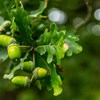
the UK's leading woodland conservation charity
An encounter with an owl is an incredible experience. Whether it’s a ghostly barn owl drifting over the farmland landscape or the fleeting glance of a tawny atop a fence post, you never forget seeing an owl.
These elegant creatures of dawn, dusk and darkness have long attracted our attention. With their impressive talons, astonishing eyesight and remarkable hearing, it's no wonder they are such adept hunters. But what do they actually eat?
An owl’s diet can be very diverse, due to their ability to adapt to locally abundant food sources. Different species of owl hunt in different habitats, and have varied dietary requirements. Many will hunt in mature woodland, others lowland farmland and some upland moorland. One thing that remains the same for most owls, however, is the presence of small mammals like mice, voles and shrews in their diet.
Owls are secretive, elusive creatures – so how do we know what they eat?
Thanks to scientists, raptor study groups and naturalists, our understanding of these birds has developed considerably over time.
Prey remains are often found near owl nests or roost sites. Some species even make use of a larder and hoard their favourite foods!
The other, most common study of their diet is through analysis of pellets. Owl pellets consist of the parts of the prey that owls can’t digest, such as fur, bones, teeth and feathers. Analysis of these pellets allows us to identify what the owl has been eating.
There are five common owl species in the UK: the tawny owl, long-eared owl, barn owl, little owl and short-eared owl. Snowy and eagle owls also occur, but it's much rarer to spot them.
Tawny owls are Britain’s most familiar due to their widespread distribution, and they are also our largest common owl. However, you have to be very fortunate to spot a tawny owl as they are strictly nocturnal. They favour deciduous woodland and nest in tree cavities and old buildings.
Tawny owls are famous for the signature 'twit twoo' call, which is made by the male and female owls calling to each other. Females make a sharp 'ke-wick' noise and males answer with a drawn-out 'hoo-hoo'.
When in woodland, bank voles, wood mice and shrews are common in their diet. They also feed in farmland, catching field voles and sometimes small birds and invertebrates, such as large beetles. They generally hunt from a perch and ambush their prey.
Long-eared owls live in woodland, usually dense conifer plantations, where they make tree nests out of sticks.
While the distinguishing feature of these wise-looking owls is their long ear-tufts, these aren't actually ears at all, but feathers that help make the owl look bigger when alarmed. They are tall and thin, and a similar size to a wood pigeon.
Most long-eared owls raise their young in the disused nests of squirrels and other birds.
Their diet is made up of field voles, along with wood mice and bank voles, although these are eaten to a lesser degree. They are also known to eat birds occasionally.
They hunt their prey by quartering – flying low over the ground looking for prey. This method is often used by owls that live in clear landscapes like grasslands and scrub close to woodland.
Little owls were introduced to the UK in the 19th century, and are found in woodland and mixed farmland.
They make their cavity nests in dead trees, stone walls and old buildings, and are adept at getting into small spaces thanks to their minute size.
As the name suggests, little owls are the smallest UK owl and their favoured prey is generally smaller than that of other owls.
They have brilliant eyesight, which is highly effective both during the day and at night, and they catch their prey by either chasing it on the ground or swooping down from wherever they are perched.
Invertebrates, including earthworms and beetles, are common in their diet, along with some small mammals. In the breeding season they are also known to take small birds.
With its unmistakable heart-shaped face, the barn owl is widespread across Britain. Barn owls inhabit a mixed farmland landscape, along with hedgerows and small woodland.
Their main prey is the field vole, but they also prey on bank voles, shrews, mice, rats and small birds. It is actually not that uncommon for some barn owl chicks to eat each other when in the nest!
Barn owls have exceptional hearing. This is why they hunt using mainly sound – they are able to pick up even the slightest of noises.
They are often seen hunting at dusk and dawn, quartering along linear features like hedgerows, although they can sometimes be seen in the daytime during the winter months, when food supplies are low.
Short-eared owls nest on the ground in upland moorland, grassland and occasionally the edge of young woodland. Using vegetation, they make nests in grass, reeds or heather.
Many short-eared owls migrate to the UK during the winter months, from places like Scandinavia, Russia and Iceland.
They are active during the day, and can often be seen flying low over moorland and marshland in search of potential prey.
Again, small mammals are their principal prey, with the field vole making up as much as 80% of their diet in Britain. Other small mammals and birds are also taken.
This species is closely interlinked with its prey. When there is an abundance of voles, the population of short-eared owls increases. However, the population shrinks in years with low prey availability.

Primordial landscapes, tangled branches, breathtaking wildlife and miles of woodland trails. From the countryside to cities, we care for thousands of woods throughout the UK, all free to visit.
Find a wood near you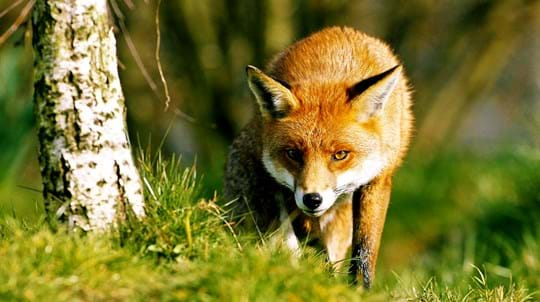
Blog
Charlotte Varela • 16 Aug 2019
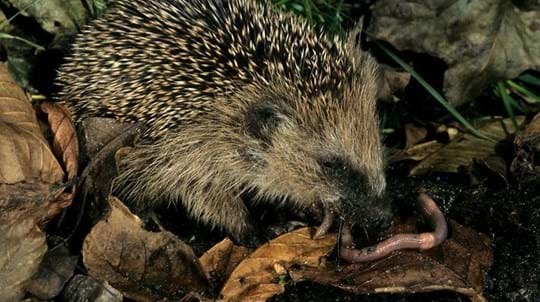
Blog
Charlie Mellor • 15 Mar 2024
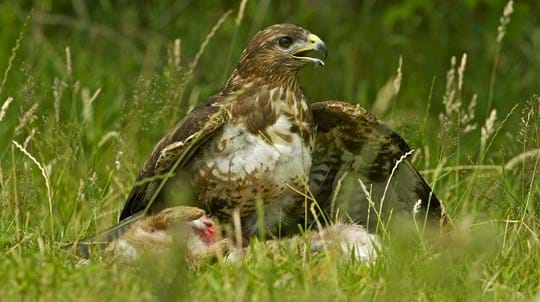
Blog
James Martin • 21 Jun 2019
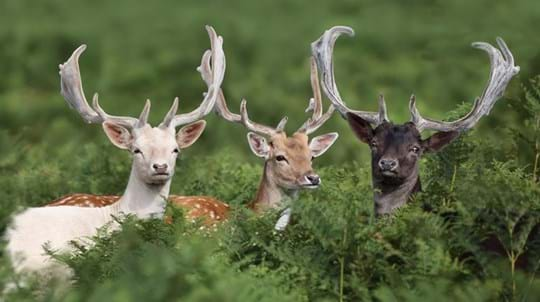
Blog
James Martin • 03 May 2019
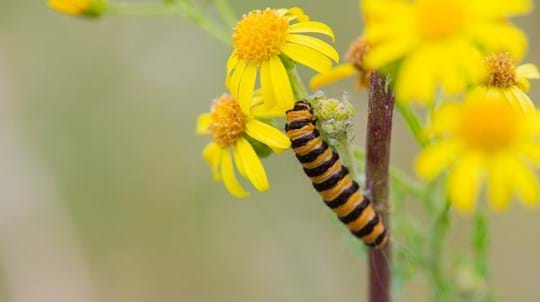
Blog
Charlotte Varela • 01 Jul 2019
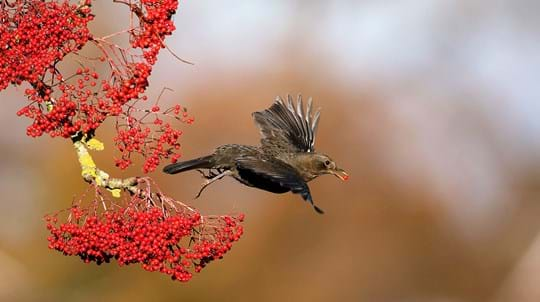
Blog
James Martin • 28 Jun 2019
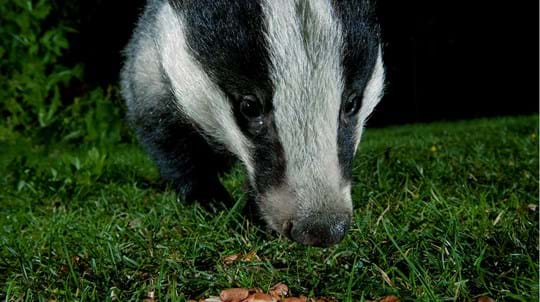
Blog
Helen Keating • 27 Aug 2019